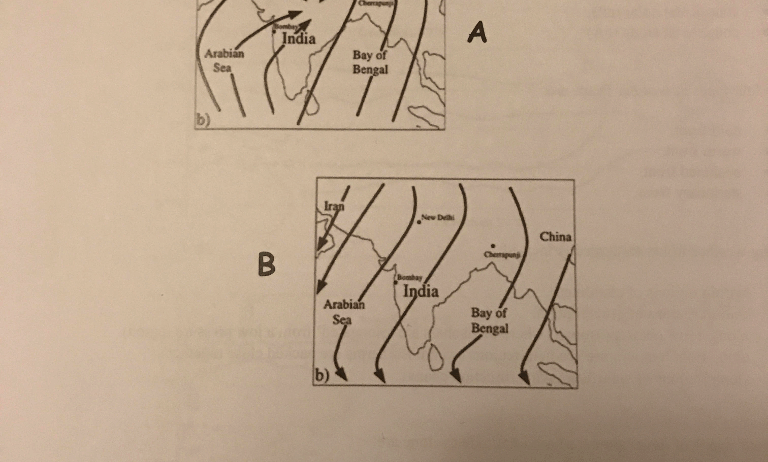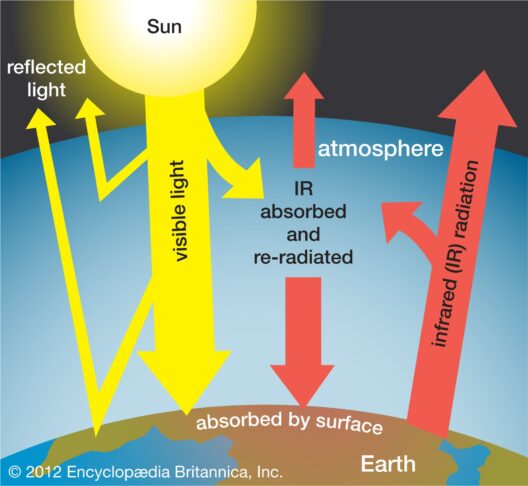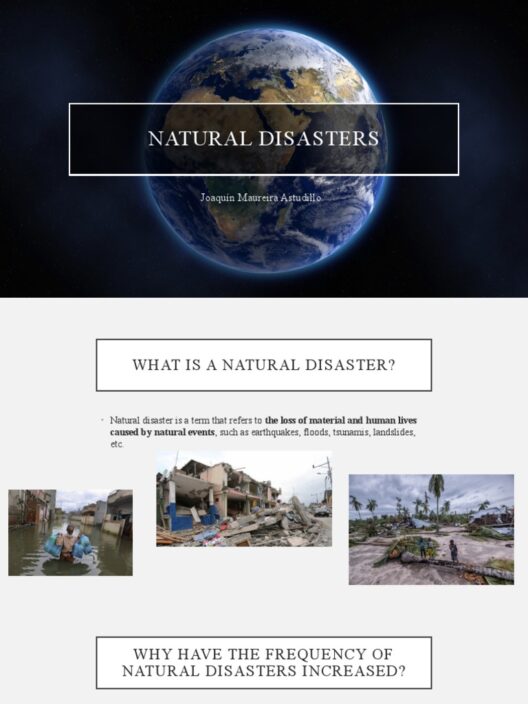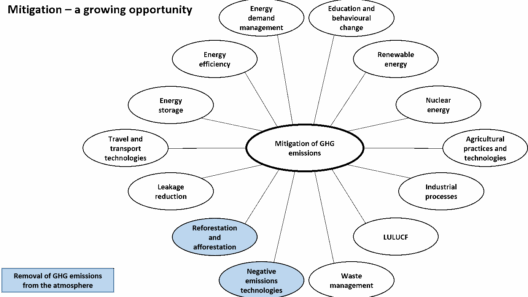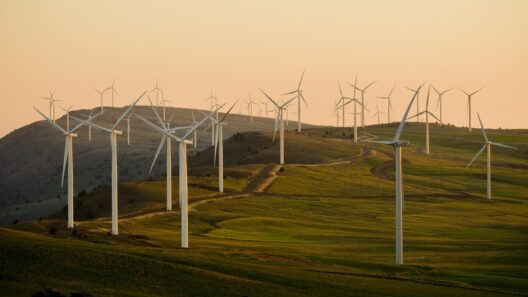Monsoonal climate, a captivating phenomenon, elicits intrigue not only for its distinct characteristics but also for its integral role in shaping local ecosystems and economies. Understanding this climatic dichotomy requires delving into the complexities of seasonal wind patterns, which inherently dictate weather variations across expansive regions. Monsoons primarily emerge due to the differential heating of land and sea, forming a cycle that brings copious rain and transformative changes to agricultural landscapes. The interplay of environmental factors culminates in a compelling narrative that reverberates across continents, impacting millions of lives.
To grasp the essence of monsoonal climates, one must first comprehend the atmospheric dynamics that engender such seasonal transitions. During the summer months, the landmass heats up more quickly than the adjacent oceans. This differential heating engenders a low-pressure system over the land, which subsequently attracts moisture-laden winds from the ocean. As these winds travel inward, they encounter topographical barriers, like mountain ranges, triggering significant orographic lift that results in copious precipitation. The contrast in temperatures generates a powerful driving force behind these winds, creating the cyclic pattern associated with monsoonal climates.
India serves as a quintessential example of a region profoundly affected by monsoonal winds. The Indian subcontinent experiences two primary monsoon seasons: the southwest monsoon, which occurs from June to September, and the northeast monsoon, which prevails from October to December. These distinct phases bear tremendous significance for agriculture, water supply, and even socio-economic dynamics within the region. The southwest monsoon, heralded as a harbinger of prosperity, replenishes rivers and aquifers, ensuring that farmers can cultivate staple crops. Conversely, the failure of the monsoon can unleash catastrophic droughts, leading to dire consequences for food security and livelihoods.
The mechanisms underpinning monsoonal climates extend beyond mere temperature differences. Atmospheric circulation patterns, specifically the Indian Ocean Dipole and the El Niño-Southern Oscillation, significantly influence the intensity and timing of monsoonal rains. Variations in sea surface temperatures can modulate atmospheric pressure systems, resulting in either a strengthening or weakening of monsoon conditions. This unpredictability introduces variability that can challenge agricultural practices and increase vulnerability for communities dependent on rain-fed systems.
As the world grapples with the inexorable realities of climate change, the contours of monsoonal patterns have begun to shift. Increased atmospheric temperatures are contributing to alterations in precipitation regimes. In some regions, monsoon seasons may become more intense, unleashing destructive floods, while in others, the frequency of drought could amplify. These changes are not merely theoretical; they pose serious threats to biodiversity and human settlements alike. By understanding these patterns, efforts can be directed toward enhancing resilience in vulnerable communities, equipping them to mitigate the adverse impacts of climate fluctuations.
The ecological ramifications of monsoons are vast, sculpting landscapes and supporting an array of biomes. Terrestrial ecosystems rely heavily on seasonal rains to maintain their biodiversity. Tropical forests, grasslands, and wetlands flourish during monsoonal periods, thus lending support to myriad species. However, the delicate balance of these ecosystems is susceptible to disruptions unleashed by extreme weather events such as cyclones or protracted droughts. Sustainable land and water management practices become paramount to safeguarding the rich biodiversity that thrives in monsoonal climates.
Notably, cultural adaptations and traditions emanate from the profound connection communities have with the monsoon. In regions where rainfall dictates agricultural cycles, cultural narratives often celebrate the arrival of monsoons as a time of renewal. Festivals may honor the rains, and agricultural practices may be intricately tied to the cyclical nature of these wind patterns. This interplay between nature and culture elucidates the importance of fostering sustainable practices that honor and adapt to these climatic rhythms.
The concept of monsoonal climates invites consideration of broader implications. The interconnectivity of different regions through trade, migration, and cultural exchange means that changes in monsoonal patterns can trigger cascading effects across the globe. Climate refugees may emerge from regions facing drought or flooding, challenging societal structures and international relations. In this context, understanding monsoons transcends meteorological phenomena; it becomes a matter of global urgency that warrants collective action.
To cultivate a deeper understanding of monsoon dynamics, research must extend beyond historical trends. Advances in meteorological modeling and satellite technology provide tools to predict monsoon behaviors with greater accuracy. Enhanced forecasting can empower agricultural communities by enabling them to plan effectively for harvest times, thus ensuring food security. Furthermore, addressing the multifaceted impacts of climate change calls for interdisciplinary collaboration, merging insights from climatology, agriculture, sociology, and economics.
In conclusion, the marvel of monsoonal climate encapsulates an intricate tapestry of atmospheric dynamics, ecological interdependencies, and human narratives. By unraveling the complexities of seasonal wind patterns, we not only gain insights into one of nature’s most compelling processes but also recognize the pressing need to adapt to and mitigate the impacts of climate change. The story of monsoons is not solely about weather; it embodies a vital discourse on resilience, sustainability, and the shared responsibility of communities worldwide to safeguard their environments for future generations.



